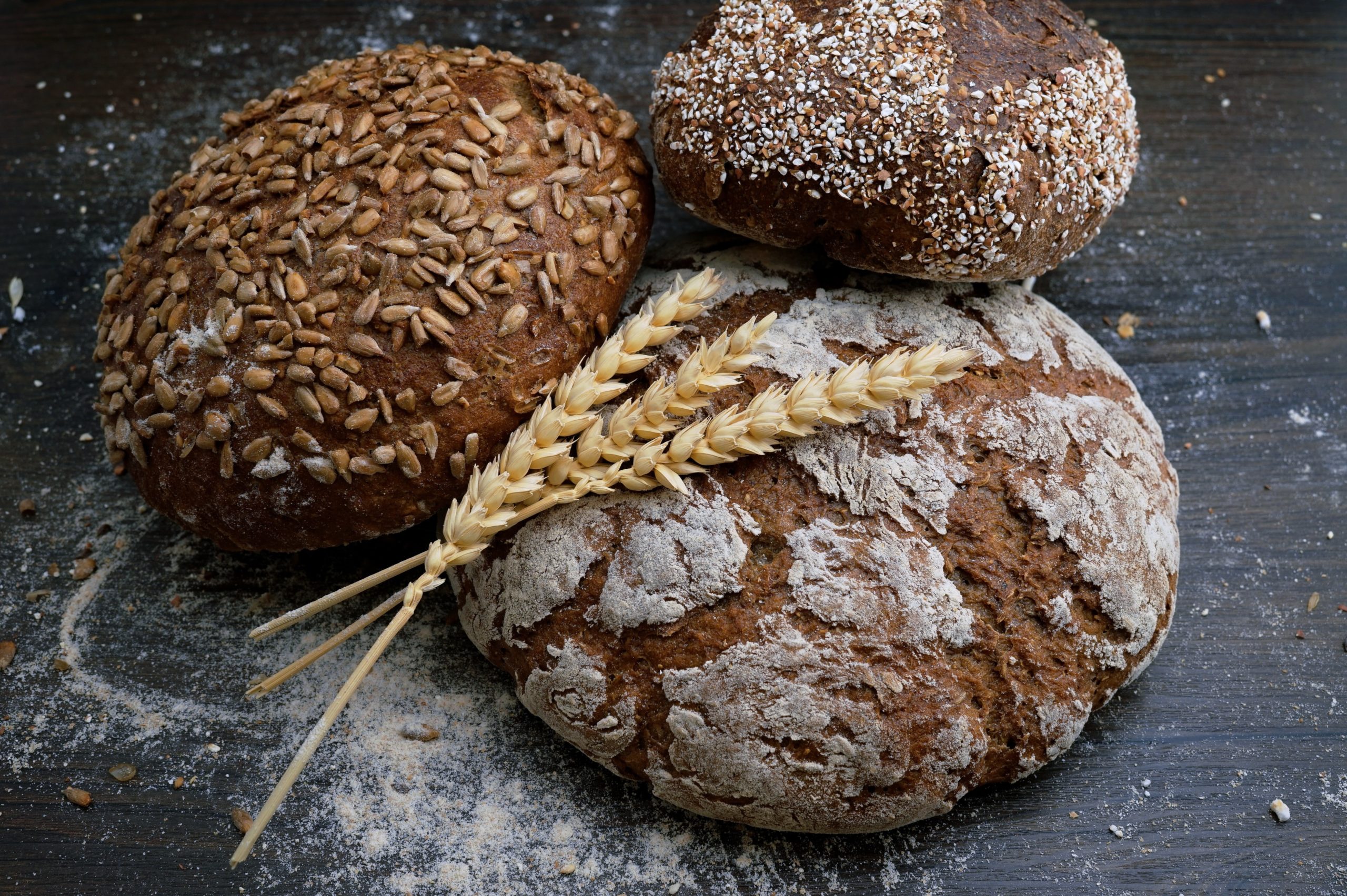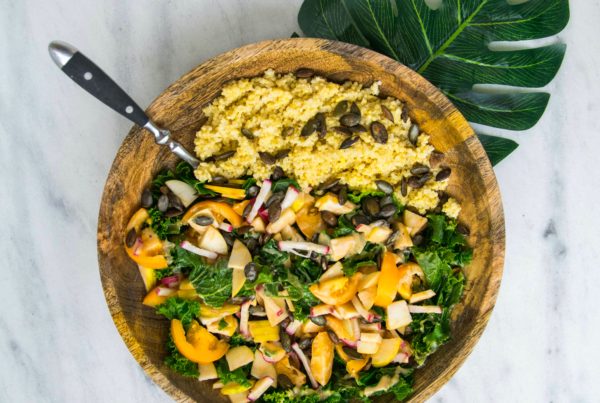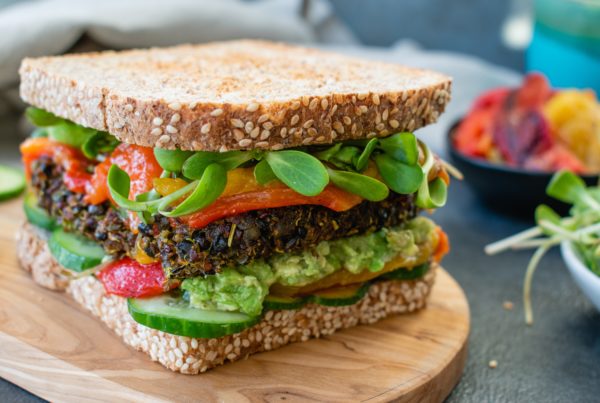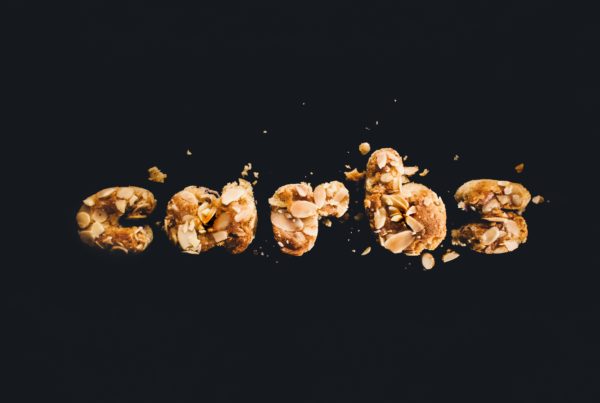Since the pandemic started, more people have started to bake their home-made bread. Moreover, bread has always been a popular choice for breakfast in many households. What makes bread so delicious and sought after? Here are its key ingredients to its yummy taste:
1- Gluten:
Gluten provides bread with elasticity and makes it extensible. It is activated when flour is moistened and is further developed through kneading and mixing. Gluten also helps the bread dough rise from trapping air bubbles as carbon dioxide is released by yeast.
But if you are opting for a gluten-free version, you can definitely use substitutes to make it work. Psyllium husk is one ingredient that can substitute for gluten!
2- Flour
Flour is the backbone of bread as it provides the basic structure. There are many different types of flour, and here are three common options of flour. Depending on your desired outcomes, you can switch it out accordingly!
- All-purpose flour: It is a popular choice as many families have it in their kitchen. It contains around 10.5% of protein and contains medium gluten content.
- Whole-wheat flour: More health-conscious individuals may prefer this as it is higher in fibre from the bran, germ and endosperm of the wheat kernel and contains 12-14% of protein. However, whole wheat flour contains shorter gluten strands which could inhibit gluten development.
- Bread flour: which may be the better choice for bread-making as explained by the name. They are high in protein (12-14%) and provide the most structural support for bread with a higher amount of gluten.
3- Yeast
Yeast allows the dough and bread to rise. There are also different options of yeast used for bread-making.
- Active dry yeast is commonly used for baking at home. The shelf life of active dry yeast is usually one year if refrigerated and must be kept tightly sealed to avoid air contact. To activate them, you will need to soak them in warm water (41-46ºC).
- Quick-rise instant yeast which is usually used in bread machines. They absorb water more quickly than active dry yeast. The shelf life is several months if unopened and must be tightly sealed to avoid air contact. When used in bread machines, no rehydration is needed. However when used with other bread-making methods, rehydration is needed at 125 °F/52ºC.
4- Fluid
Fluid is used to bind all dry ingredients. They activate yeast and form gluten when added to the flour. They may also enhance the flavour of the bread depending on the type of fluid added. Some examples of fluid are water and milk.
5- Salt
Salt helps with tightening the gluten structure and enabling the dough to hold water and carbon dioxide better. It also improves the taste and flavour of your bread.
With the knowledge of these key ingredients, let us know what combination you used to make your version of bread!
Reviewed by Annie Tsang, RD



